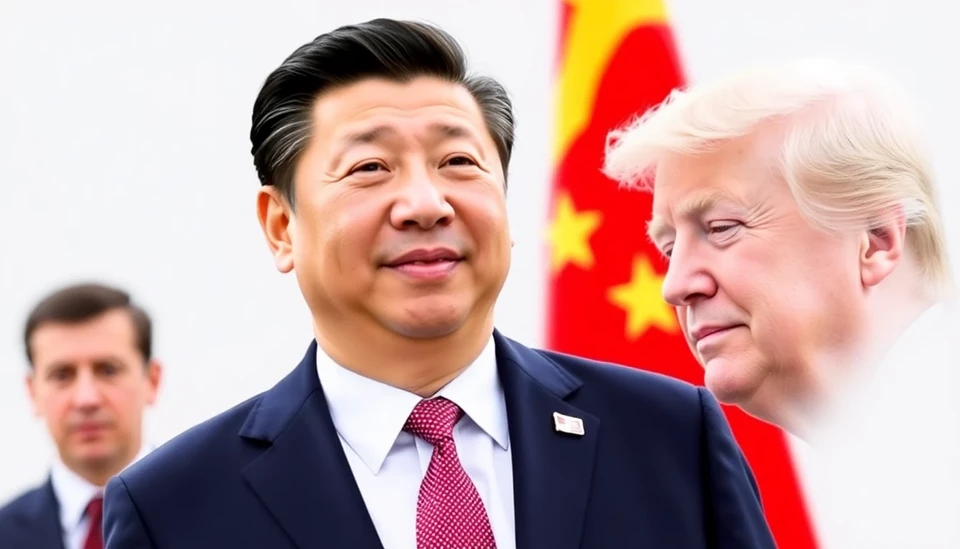
In a significant move aimed at bolstering American industries, the U.S. government has announced the exclusion of several critical metals from its recently introduced reciprocal tariffs. The decision, which impacts steel, aluminum, copper, and gold, is designed to alleviate pressure on sectors reliant on these materials, providing them with a competitive edge in both domestic and international markets.
This decision comes at a time when the global economy is grappling with fluctuating trade relations and rising costs associated with raw materials. By exempting these key metals from tariffs, the administration seeks to stimulate manufacturing and infrastructure projects that are vital for economic growth.
Industry experts have voiced their approval of the exemption. They argue that the removal of tariffs on steel and aluminum will significantly lower production costs for builders and manufacturers across the country. This, in turn, is expected to enhance productivity and support job creation in various sectors that utilize these metals extensively.
Moreover, copper and gold are crucial to a multitude of industries, including electronics, construction, and energy. By allowing these metals to enter the market without the additional burden of tariffs, the U.S. aims to encourage investment in technology and infrastructure enhancements essential for future growth.
The reciprocal tariffs, which were initially introduced as part of a broader strategy to protect American industries from unfair trade practices, will now be applied selectively. This shift indicates a more nuanced approach to trade policy, reflecting an understanding of the intricate dynamics of the global market and the existing supply chain challenges.
This announcement has also been met with a mix of relief and skepticism among businesses. While many celebrate the potential financial relief, others question the long-term effectiveness of these tariffs in achieving the desired economic outcomes. They emphasize the need for continuous evaluation of trade policies to ensure they meet the dynamic demands of the modern economy.
As the landscape of international trade continues to evolve, the U.S. government’s latest decision highlights a critical moment of adjustment. The exemptions are seen not just as a temporary fix but as a pivotal step in shaping the future of American manufacturing and global trade relations.
Moving forward, industries will be closely monitoring the impacts of this policy change, assessing its influence on production costs and market stability. The administration seems committed to supporting sectors that form the backbone of the U.S. economy, aiming for sustainable growth in the face of ongoing global challenges.
As analysts anticipate the broader implications of this policy update, one thing is clear: the U.S. government is making strategic adjustments to enhance its position in international trade while fostering a conducive environment for domestic industries to thrive.
#USTariffs #MetalsExemption #Steel #Aluminum #Copper #Gold #Manufacturing #TradePolicy #EconomicGrowth #MarketStability
Author: Daniel Foster




